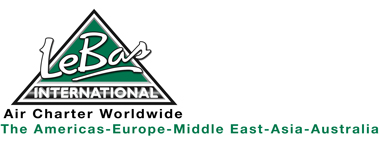According to a new order from the Centers for Disease Control and Prevention (CDC) passengers on all forms of public transportation into, within or outside of the U.S., including private jet operations and at transportation hubs including private terminals (FBO’s), must now wear face masks.
Exemptions to the mask requirement include when a passenger is eating or drinking, communicating with a passenger who is hearing impaired, children under 2 years of age and passengers with a disability who cannot safely wear a mask.
Aircraft operators, charter brokers, and private terminal facilities are tasked using “best efforts” to ensure compliance with these requirements. Any person not complying with the mandate should be told noncompliance is a violation of federal law, should not be boarded on an aircraft or should be disembarked as soon as possible.
The following are attributes of masks needed to fulfill the requirements of the Order. CDC will update this guidance as needed.
- A properly worn mask completely covers the nose and mouth.
- Cloth masks should be made with two or more layers of a breathable fabric that is tightly woven (i.e., fabrics that do not let light pass through when held up to a light source).
- Mask should be secured to the head with ties, ear loops, or elastic bands that go behind the head. If gaiters are worn, they should have two layers of fabric or be folded to make two layers.
- Mask should fit snugly but comfortably against the side of the face.
- Mask should be a solid piece of material without slits, exhalation valves, or punctures.
You can check out the full 11 page document at this link here from the CDC.
